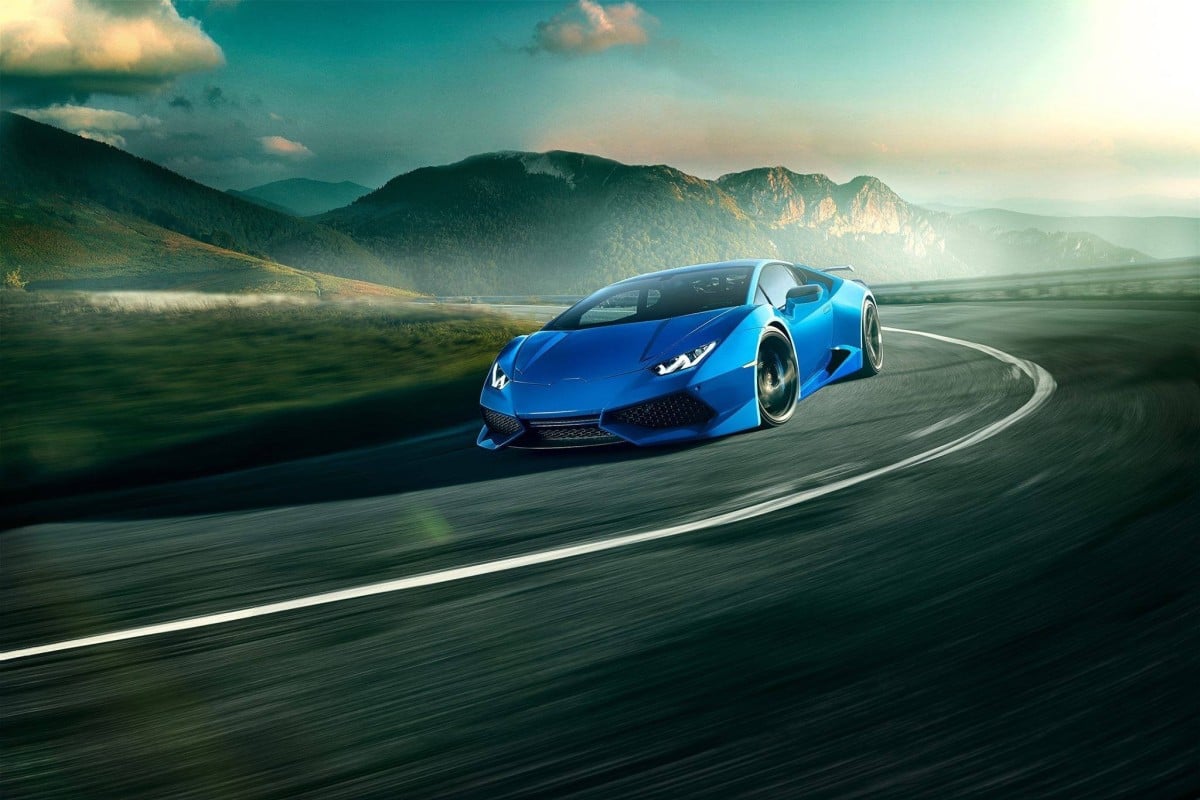There are some brands that are so big that they’re ubiquitous. These brands essentially personify and represent whatever they’re selling; whether it’s cars, technology, gaming, fashion, or any other industry, some brands simply don’t need to put their name out there. Those brands are lucky; they often don’t have significant marketing budgets, because their presence is so big that they don’t need them. If you’ve ever wondered why you don’t see ads for some of the biggest brands in the world, here’s the reason. Here are 10 big brands that don’t advertise (or don’t do so in a traditional sense).
1. Lamborghini
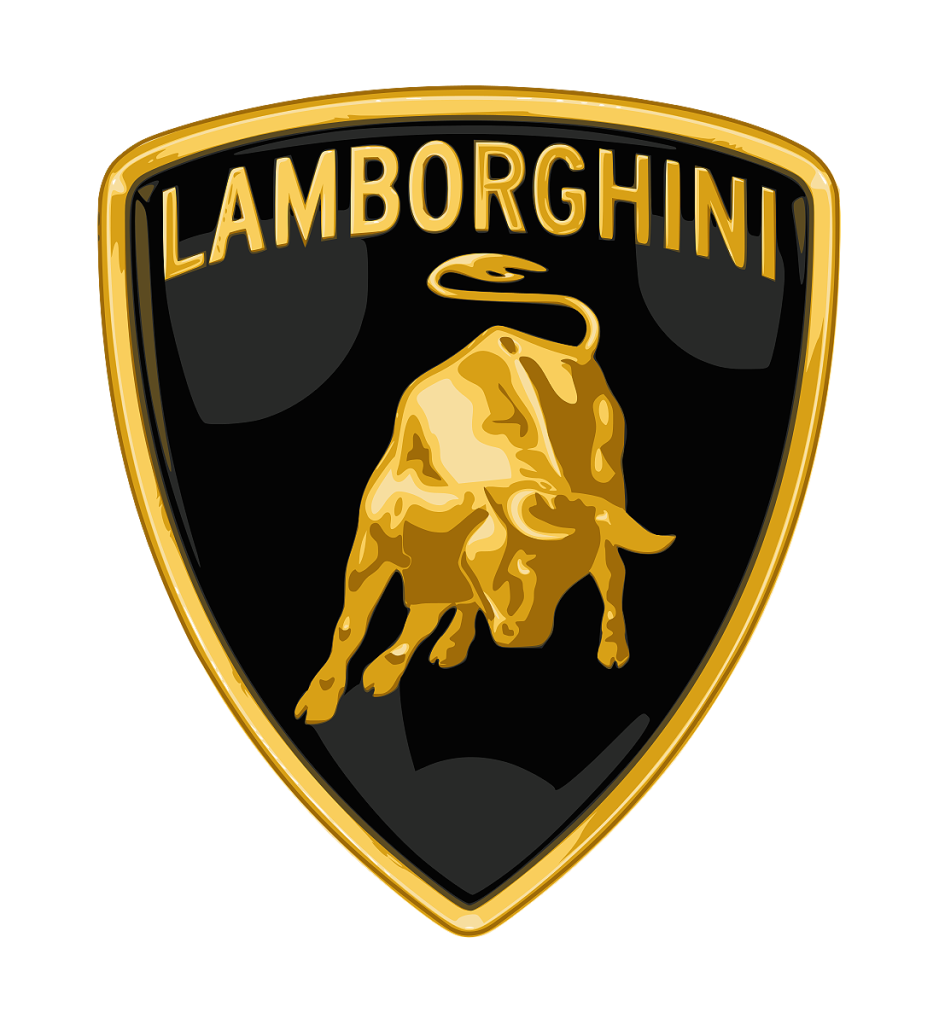
You’ve almost certainly never seen a Lamborghini ad on TV. It’s possible that you’ve seen ads for car showrooms in which Lamborghinis prominently feature, but the brand itself doesn’t advertise. So, why does Lamborghini not do commercials? Well, think about the kind of consumer who’s likely to buy a Lamborghini. Are they the type of person who’s going to be swayed by TV ads? Probably not, right? Lamborghini is a luxury brand, so it doesn’t need to advertise itself in order to appeal to its core demographic.
2. Rolls-Royce

There are quite a few car brands that don’t advertise, and they all tend towards the luxury end of the market. That’s certainly true for Rolls-Royce, which, like Lamborghini, clearly doesn’t feel the need to make itself known to its core audience. This is likely because those who are going to buy a Rolls-Royce will buy one regardless of whether they see an ad on TV or not, but it’s also because Rolls-Royce is a name that’s synonymous with high-quality cars already.
3. Natural Ice Cream
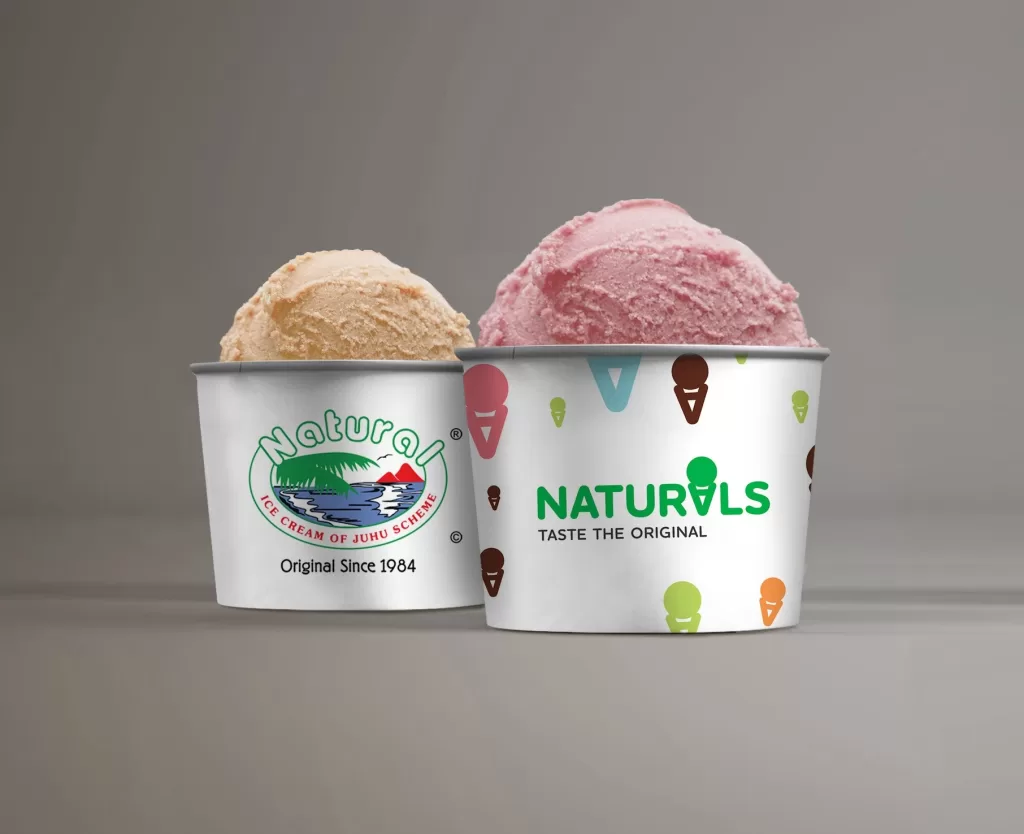
This delightful Indian ice cream brand will probably be familiar to you if you’ve spent any amount of time in India whatsoever. If you have, then you’ll probably also know that Natural Ice Cream doesn’t feel the need to advertise. This is a homegrown brand that prides itself on its ice cream ingredients; there are no additives or preservatives in Natural’s recipe. Instead, the company uses only organic and natural ingredients, and part of that USP is also not needing to advertise extensively.
4. Krispy Kreme
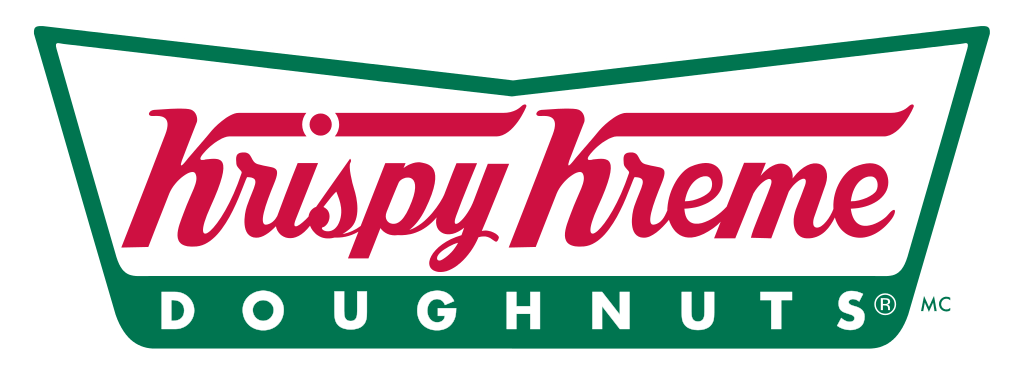
As far back as 2011, it was true that Krispy Kreme didn’t advertise. It’s another one of those brands that’s simply become associated with the product it sells. When you talk about getting doughnuts (or “donuts”, depending on your locality) with your friends, what’s the first name that gets mentioned? Usually Krispy Kreme, right? That tells you everything you need to know about why this world-famous donut brand doesn’t feel the need to advertise at all.
5. Trader Joe’s

You might not be familiar with Trader Joe’s if you haven’t been to the US. This prominent retail chain doesn’t really exist anywhere else in the world, but it’s owned by the same group that owns the budget supermarket chain Aldi (which is also beloved, but which does have a traditional marketing budget). Trader Joe’s is a very well-known name, which is why you won’t see any standard Trader Joe’s ads on the TV or anywhere else; they simply don’t need to put the word out.
6. GoPro
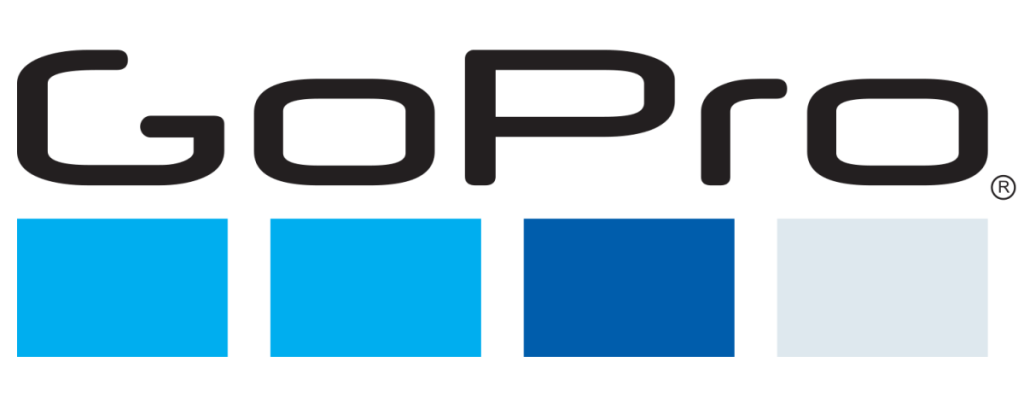
You might have seen a few GoPro ads around and thought “hey, hang on a minute, GoPro does advertise!”. Well, that’s both true and not true. While you’ve probably seen promotional and marketing materials for GoPro, the rugged outdoor lifestyle brand usually relies on user-created content for its advertising rather than content created by digital marketing executives. In this way, GoPro can let the product speak for itself and eschew traditional marketing.
7. Zara

You’ve probably got a Zara store in your nearest city, but you almost certainly haven’t seen a Zara ad before. That’s because the famous fashion chain doesn’t build advertising campaigns, choosing instead to emphasise non-standard influencer marketing and other more viral methods of advertising. Think about it; although you’ve never seen a Zara ad, you know what the brand is and what you can buy there, right? That’s innovative marketing in action.
8. Spanx

Talking about underwear was once taboo, but Spanx – alongside many other underwear brands geared towards women who want comfortable, practical clothing – has changed the conversation. Spanx originally didn’t have an advertising budget simply because its founder couldn’t afford to allocate one, but now, that word-of-mouth brand reinforcement has worked wonders for the label, meaning that Spanx doesn’t need to advertise at all in order to get its message out.
9. Tupperware

In certain markets around the world, Tupperware became so popular that it simply didn’t need to espouse traditional marketing campaigns. By instead pointing to “Tupperware parties” (a strange phenomenon wherein hosts would allow guests to see and purchase Tupperware goods) and building a name synonymous with a product, Tupperware proved it didn’t need to advertise. Many people now simply call any plastic storage method “Tupperware”, demonstrating that this method works.
10. Tesla
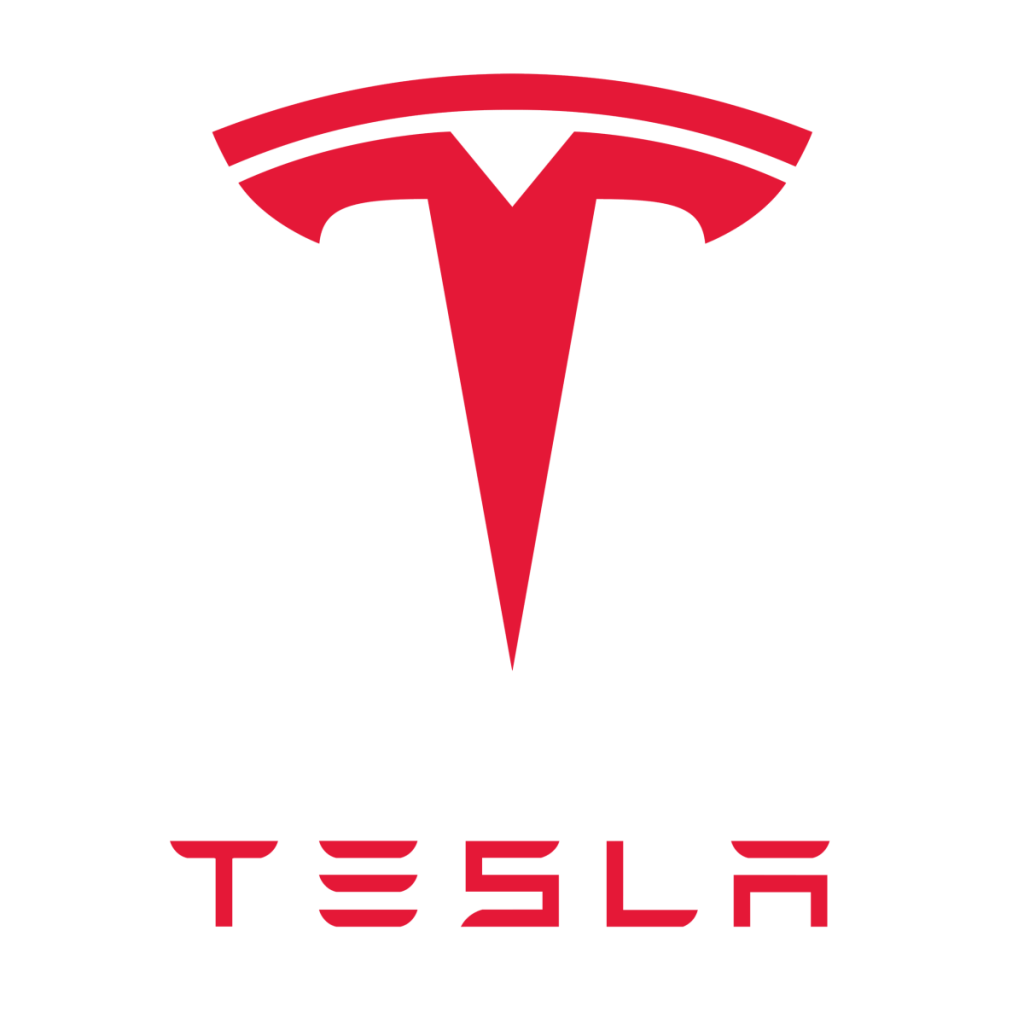
Elon Musk might be a controversial figure, and you may or may not agree with his unique approach to entrepreneurship, but it’s undeniable that Tesla has managed to achieve a massive degree of success, and it’s done so without a standard approach to classical marketing. You won’t see Tesla ads on TV, hear them on the radio, or see them in print media; instead, you’ll see a lot of social media and word-of-mouth buzz, which Tesla has converted into a strong impression for its brand.

